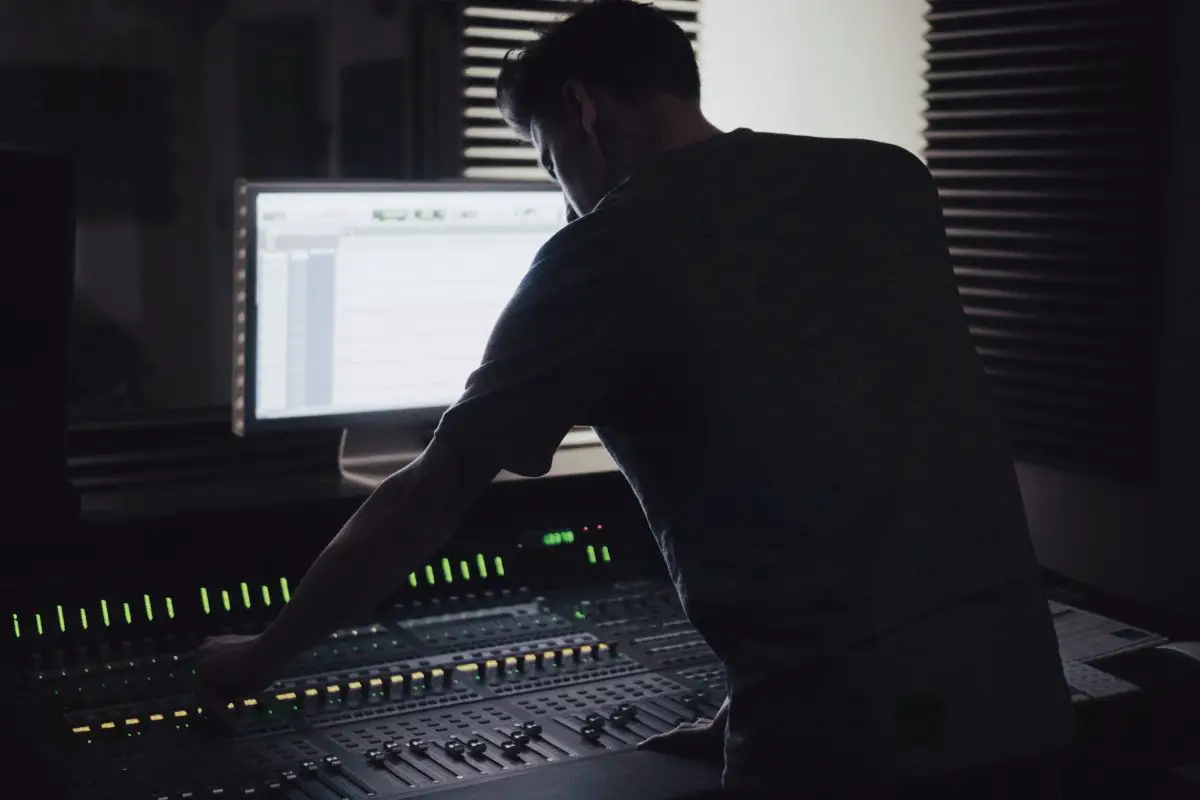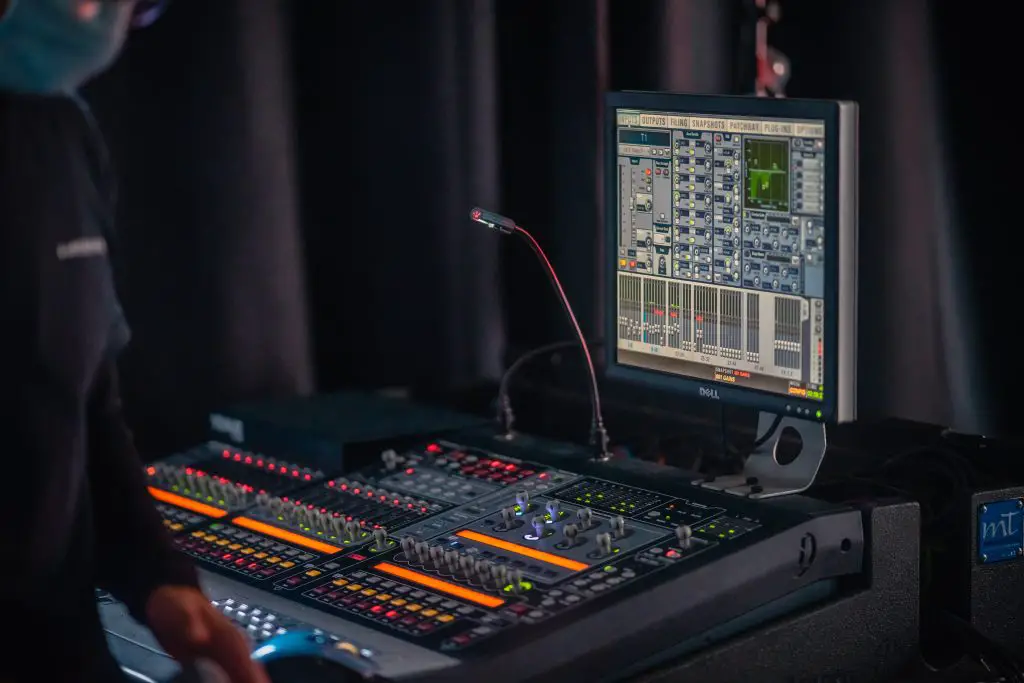Hey there, fellow audiophiles! Are you ready to take your audio production game to the next level? Well, you’re in luck because today’s topic is all about audio clipping, and I promise you’ll learn a thing or two about how to avoid it in your recordings.
But first, let’s talk about what audio clipping is. Picture this: you’re recording a killer guitar solo or a beautiful vocal track, and suddenly you hear a harsh, distorted sound. That’s audio clipping, my friends. It occurs when the signal level exceeds the maximum capacity of your equipment. And let me tell you; it’s not a pleasant sound.
What is a clipping in audio? Audio clipping occurs when the signal level exceeds the maximum capacity of your equipment, resulting in a distorted sound. It can negatively affect sound quality and even damage your equipment. Understanding its causes and how to prevent them is crucial for any audio producer or enthusiast.
What does audio clipping sound like?
Audio clipping sounds different depending on the use case. For instance, clipping effects all have a slightly different tone to their sound. There are countless types of clipping, some of which are used to add color and character to a mix, while others are unintentional and occur simply due to an output signal level being far too high.

In the context of your digital audio workstation (DAW), the mix is clipping whenever your master fader level is past 0 dB, sometimes referred to as “redlining” due to the red light that’s shown on your meter. Generally speaking, audio clipping sounds like a distorted, less high-quality version of the original audio.
AKAI Professional MPK Mini MK3

AKAI Professional MPK Mini MK3
What is the effect of clipping in audio?
The negative effects of audio clipping are numerous and can have a significant impact on the quality of the recording. When a signal level exceeds the maximum capacity of the equipment, it results in distortion and a harsh sound that can be unpleasant to listen to. This distortion can alter the original sound of the recording.
When the dynamic range is lost, the sound can become compressed or flat, which can be undesirable. Additionally, audible artifacts such as clicks, pops, and hisses can also be introduced, further degrading the quality of the recording. Audio clipping can also have a significant impact on equipment.
When the signal level exceeds the maximum capacity of the equipment, it can cause the components to overheat and even fail. This can lead to costly repairs or replacements of speakers, amplifiers, or other audio equipment. Therefore, it is essential to understand how to prevent audio clipping from occurring to avoid damage to your equipment and to maintain sound quality.

Tips to fix audio clipping
One common technique to fix audio clipping is limiting, which involves setting a maximum threshold for the audio signal, allowing the peaks to be reduced in volume while preserving the overall volume of the recording. Another technique is compression, which involves reducing the dynamic range of the recording to bring the louder parts closer to the softer parts.
Equalization (EQ) can also be used to fix audio clipping by adjusting the balance of frequencies in the recording. This can help to reduce any harsh or abrasive sounds caused by clipping. Additionally, other tools and techniques such as clip restoration, noise reduction, and de-essing can also be used to fix audio clipping.
…while post-production techniques can be effective in fixing audio clipping, it is always better to prevent audio clipping from happening in the first place.
It is important to note that while post-production techniques can be effective in fixing audio clipping, it is always better to prevent audio clipping from happening in the first place. Properly setting input gain and signal levels, using limiters during recording, and monitoring audio levels can all help to prevent audio clipping and ensure the best possible sound quality.
Techniques to prevent audio clipping
Here are some ways to avoid audio clipping:
- Set input gain correctly: Adjust the input level on your equipment to ensure that the signal level does not exceed the maximum capacity of the equipment.
- Use a limiter: A limiter sets a maximum threshold for the audio signal, preventing it from exceeding the capacity of the equipment.
- Monitor audio levels: Continuously monitor audio levels during recording and adjust the input level if necessary.
- Use compressors: Compressors can help to smooth out audio levels, reducing the likelihood of sudden spikes that can cause clipping.
- Mix at lower volumes: Mixing at lower volumes can help to prevent audio clipping by reducing the overall level of the recording.
- Use post-production techniques: Applying post-production techniques like limiting, compression, and EQ can help to reduce or eliminate audio clipping that may have occurred during recording.
- Invest in quality equipment: High-quality equipment with sufficient headroom can handle a wider range of signals, reducing the likelihood of audio clipping.
If you want even more tips and insights, watch this video called “Why Loud Audio SUCKS – Clipping Explained” from the Techquickie YouTube channel.
Conclusion
Well, folks, we’ve made it to the end of our audio-clipping journey. It’s been a wild ride, but hopefully, you’ve learned something new that you can apply to your audio production endeavors.
Do you feel more confident in your ability to prevent audio clipping now? And did I cover everything you wanted to know? Let me know in the comments section below (I read and reply to every comment).
Remember, preventing audio clipping is crucial for maintaining sound quality and keeping your equipment in good condition. So, take the time to properly set your input gain and signal levels, and use post-production techniques if necessary.
If you found this article helpful, share it with a friend, and check out my full blog for more tips and tricks on audio production. And with that, I bid you adieu. May your audio be clear, your levels be balanced, and your productions be top-notch.
Key takeaways
This article covered what is a clipping in audio. Here are some key takeaways:
- Audio clipping occurs when the signal level exceeds the maximum capacity of your equipment, resulting in a distorted sound.
- Audio clipping can negatively affect sound quality and even damage your equipment.
- Understanding its causes and how to prevent them is crucial for any audio producer or enthusiast.
- Properly setting input gain and signal levels can help prevent audio clipping.
- Post-production techniques such as limiting, compressing, or EQing can fix audio clipping.















